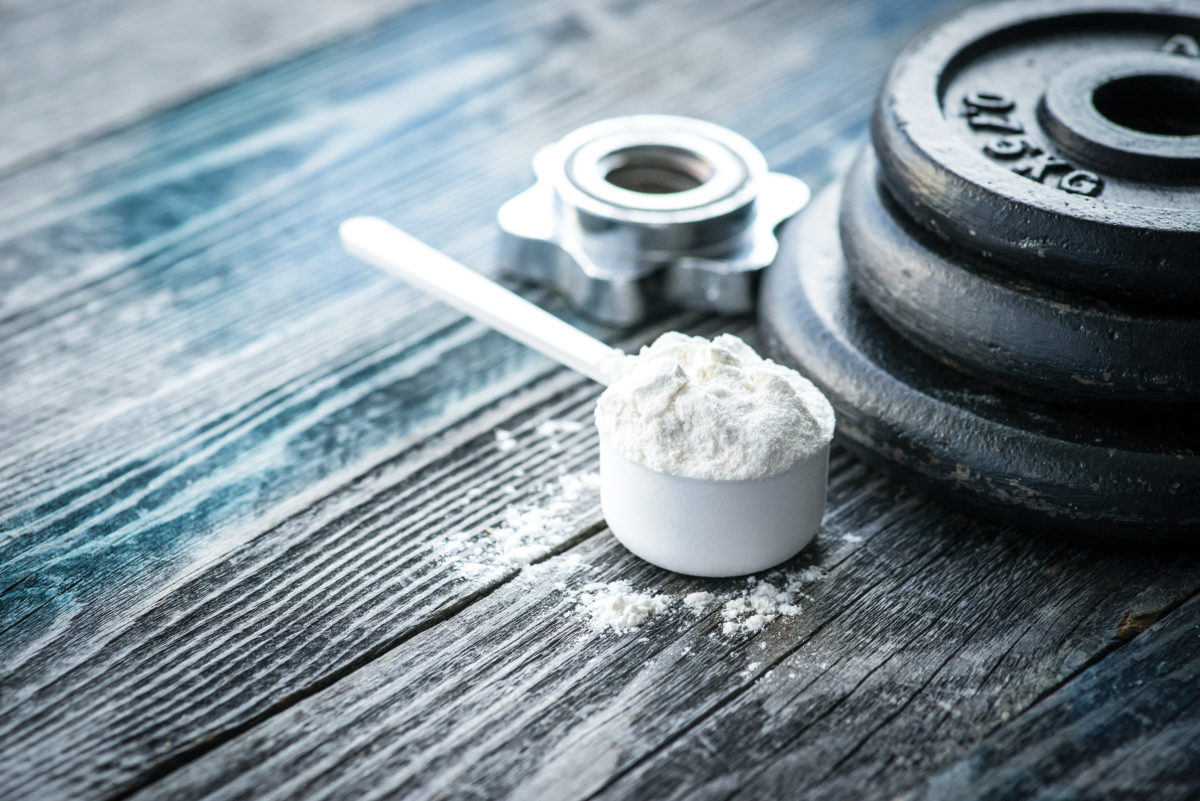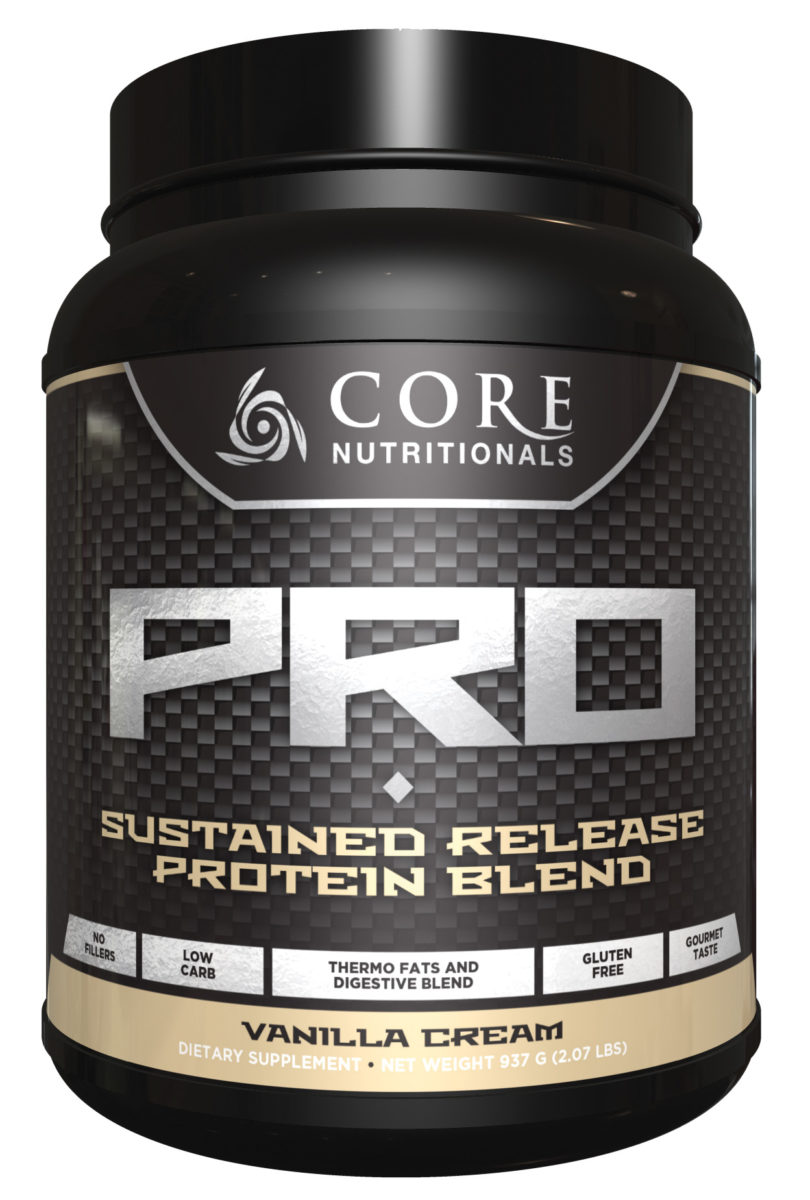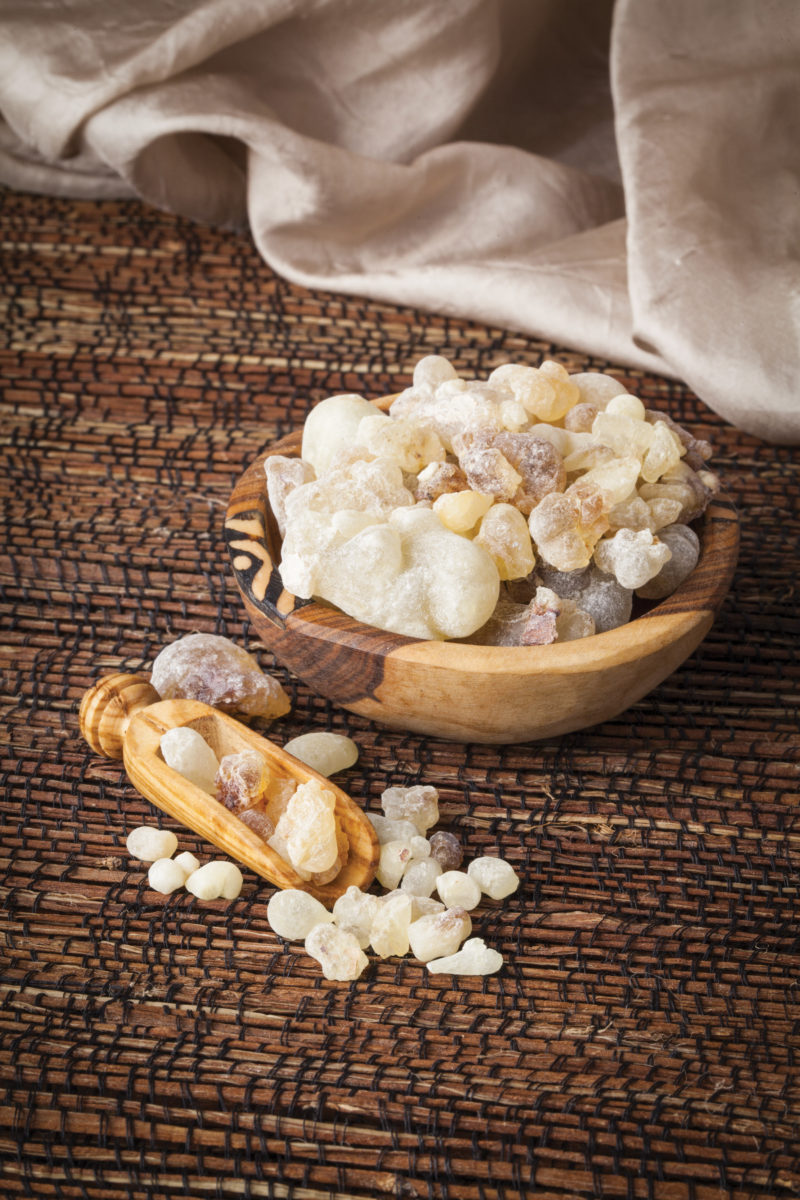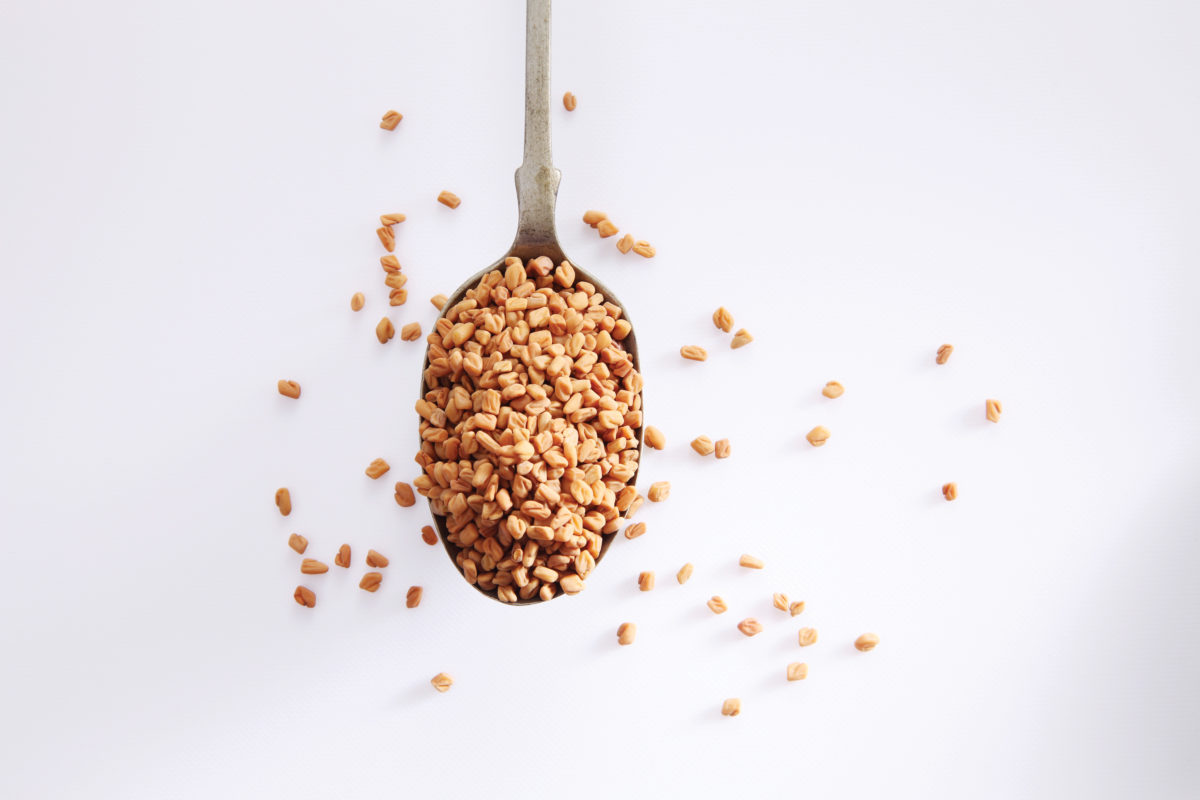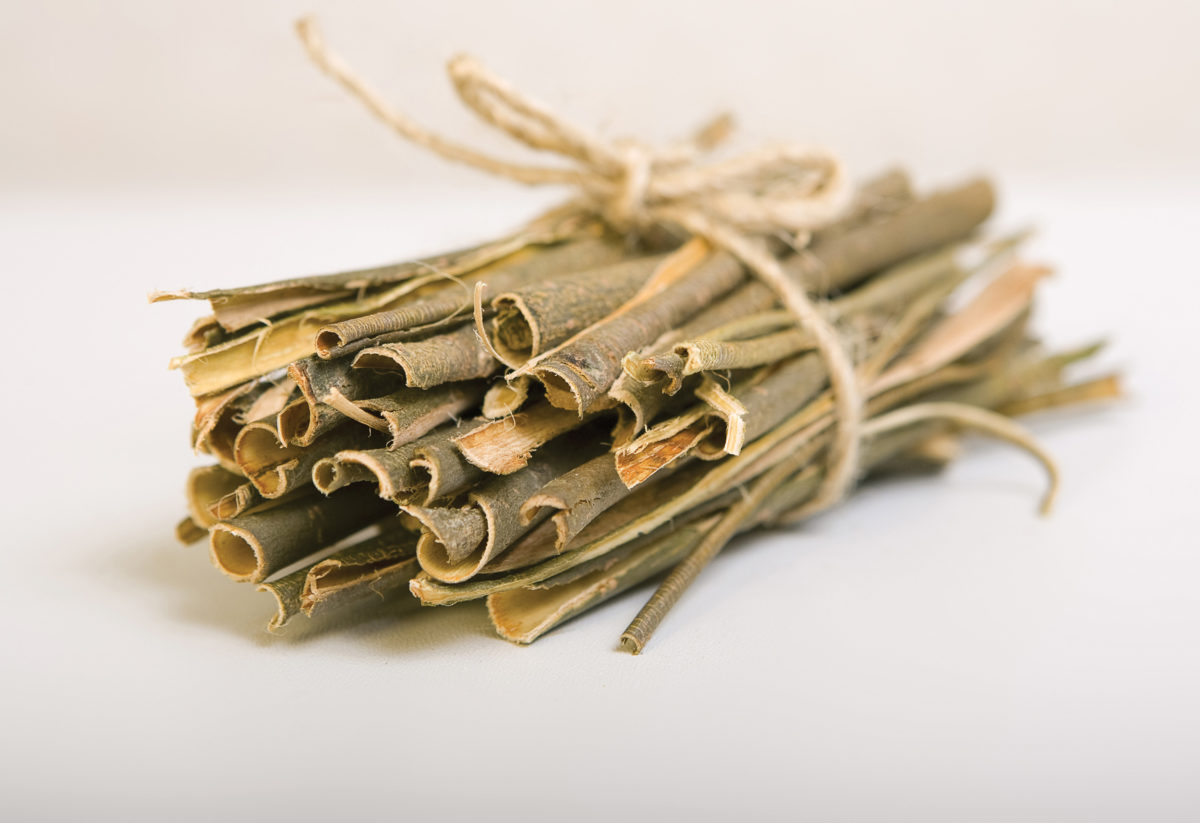Initiate growth by jamming more reps into fewer minutes in the gym.
By Team Iron Man
PQ: This program takes advantage of the body’s overriding mandate: Adapt or die. When you put stress on a muscle, millions of years or evolutionary biology will force it to change so it can better handle that stress.
If your growth is stalled out and you’re at that frustrating point where you think something’s wrong with you, it’s time to try escalating density training. EDT is a system that’s specifically designed to put size on stubborn muscle groups by subjecting them to a novel form of stress. This program takes advantage of the body’s overriding mandate: Adapt or die. When you put stress on a muscle, millions of years or evolutionary biology will force it to change so it can better handle that stress. That’s why lifting weights makes your muscles grow.
Your muscles don’t know to get bigger. They only know whether they’re under stress or not—and if they’re repeatedly subjected to mechanical resistance, and being broken down, they’ll adapt in order to not break down so readily. Getting bigger and stronger are simply side effects of this adaptation, and building muscle size is dependent on the volume and intensity of the stress that your muscles are capable of handling.
By subjecting your muscles to as many reps and as intense a pump as they can tolerate, EDT will introduce your muscles to a new kind of stress. With adequate recovery, they’ll adapt and grow at an increased rate.
The main reason for the change will be the fact that you’re performing greater overall reps and volume. EDT subjects your muscle to increased overall stimulus through mechanical tension. The greater the stimulus, the greater the necessary adaptation. You’ll damage fibers during training, then repair them afterward, causing them to come back stronger and denser than before.
As your muscles fatigue during your sets, larger fibers (type II) that wouldn’t ordinarily be engaged with lighter weights will start to activate. As they fatigue, your type I fibers (the smaller ones) will experience even more recruitment. All muscle fibers have the potential for growth, so by stimulating all of them simultaneously, you’re vastly increasing your potential for new muscle gains.
Lastly, the production of lactate and other waste products by exhausted muscle fibers—what is generally known as “the pump”—result in a flood of nutrients that surge into your muscles after a set. These extended sets also increase the production of growth hormone (GH) and insulin-like growth factor (IGF-1), both of which have a positive effect on muscle mass.
![]()
How To Do IT
During your sets, you’ll chase the most reps you can muster while relatively light weight, in a set period of time. You’ll essentially be doing lots of reps against the clock. These aren’t traditional sets. Instead, you’ll be performing as many reps as you can with each exercise until you get a burn—then resting or switching exercises.
This may sound like training to failure, but it’s not. The goal here isn’t to go to failure, but to stress each muscle group to the highest degree possible while you’re still able to produce force. In other words, you should still be able to crank out a few reps at the end of each set.
This may sound simplistic, but all you’re really doing here is taking advantage of the core principle of muscle growth: stress = adaptation. The trouble is that muscle building is usually thought of in terms of highly specific sets, reps, tempos, and time under tension. All these tactics, however, are really just different ways of manipulating stress—and there’s ample research showing that it’s ultimately the amount of stress that matters most.
If you want to get big, it’s more important to consider your volume of training as opposed to other variables such as load, rest periods, and time under tension. Over the last few years, more and more studies have confirmed that volume is the key to muscle growth. This program incorporates some of the strongest tenets of hypertrophy and simplifies them into one integrated strategy that really works. IM
![]()
Stress Yourself
An EDT sets will either be 10 or 15 minutes in length. For single-joint isolation exercises—biceps, triceps, calves, and forearms—you’ll be going for 10 minutes. For larger muscle groups and compound movements—chest, back, shoulders, and legs—you’ll do 15 minutes. The idea, then, is to perform as many reps as possible within that time frame.
Start with your 10-rep max for larger muscle groups, and your 12- to 20-rep max for smaller muscles. Do as many reps as possible with the first exercise, stopping short of failure. Next, move to the next exercise and do the same thing. Switch back and forth until the preset time period elapses.
For your 10-minute sets, aim for 60 total reps of each exercise the first time out. Once you can perform 100 reps within 10 minutes, increase the weight you’re using by five to 10 percent. The reps for each exercise should drop quickly as you go deeper into the set. For your 15-minute sets, aim for 70 reps initially. When you can do 110 reps in 15 minutes, increase the weight by five to 10 percent.
This isn’t a strategy you’ll be able to apply to an entire workout. Rather, EDT is a rapid and intense protocol for working a bodypart with only one or two exercises. It’s best used at the end of a workout to really blow up a specific muscle group or as assistance work after you’ve completed your main heavy exercise for the day.
The Supersets
BICEPS AND TRICEPS
Here, you’ll be using the same weight for both your biceps and triceps. This will prevent you from going too heavy on a pair of joint-stressing exercises and allow you to seamlessly switch from one movement to the other.
![]()
Time: 10 minutes
Exercises: Standing EZ-Bar Biceps Curl and Dumbbell Hammer-Grip Incline Skullcrusher
Tip: For skullcrushers, set the incline bench at 20 to 30 degrees and lower the weight behind your head instead of the crown of your skull.
UPPER CHEST
This combo will blast your chest hard, so be prepared to see your chest fill out quickly. For the dumbbell push-ups, hold on to the dumbbells like they’re push-up handles and try to match the number of reps you performed with the incline dumbbell bench press.
![]()
Time: 15 minutes
Exercises: Incline Dumbbell Chest Press and Push-Up
Tip: Perform all your push-ups in a slow, controlled fashion. This will increase muscle activation in your pecs and give you a bigger pump as you switch back and forth.
SHOULDERS
The weight will feel light starting out, but by the end of this superset, every rep will burn like hell. Use an incline bench set at 30 to 40 degrees for your incline rear delt raises, with your chest supported on the bench.
![]()
Time: 15 minutes
Exercises: Standing Lateral Raise and Incline Rear Delt Raise
Tip: Alternate between supinated, neutral, and pronated grips for your incline rear delt raises. This will both stress the muscle from a different angle and delay fatigue.
BACK
This superset is designed to increase thickness and width, and can be done either on your back or deadlift day. Use straps, if necessary, so your grip isn’t a limiting factor.
![]()
Time: 15 minutes
Exercises: Wide-Grip Seated Row and Chest-Supported Dumbbell Row
Tip: Drive your elbows toward your waist on every rep, and keep your reps fast. Your back responds better to volume than tempo.
LEGS
You’ll be using three dumbbells here—one for your squats, and two others for your calf raises. The individual dumbbell weight for your calf raises should be approximately half the weight you’re using for your squats.
Time: 15 minutes
Exercises: Dumbbell Front Squat and Dumbbell Standing Calf Raise
Tip: Pause at the bottom of every squat, and hold the contraction at the top of every set of calf raises. As you fatigue, you can eliminate the pause, but starting out this way will give you a pump from your first set onward.
![]()
EXERCISE CAPTIONS
STANDING EZ-BAR BICEPS CURL: Stand with your feet shoulder-width apart, holding an EZ-bar in an underhand grip. Curl the bar up to the top of your range of motion, hold for a second, then return to the start position.
DUMBBELL HAMMER-GRIP INCLINE SKULLCRUSHER: Lie on your back on an incline bench holding dumbbells over your chest with your arms extended and palms facing each other. Keeping your elbows as high as possible, use your triceps to lower the weights behind your head, then return on the same path to the start position.
INCLINE DUMBBELL CHEST PRESS: Lie on your back on an incline bench, holding two dumbbells over your chest with your arms extended. Lower the dumbbells to your chest, then press them back to the start position.
![]()
PUSH-UP: Assume a conventional push-up position. Bend your elbows to lower your torso as far as you can, then press yourself back up to the start position.
STANDING LATERAL RAISE: Stand holding dumbbells at your sides with each hand. Keeping a slight bend in your elbows, raise the dumbbells directly to the side, with your palms facing the ground, until they reach head level.
INCLINE REAR DELT RAISE: Lie on your stomach on an incline bench, holding a dumbbell in each hand, with your hands hanging directly downward. Keeping a slight bend in your elbows, raise the dumbbells as far as you can to each side.
![]()
WIDE-GRIP SEATED ROW: On a seated row unit, attach a handle that enables you to take a very wide grip. Keeping your back arched, and without rocking, pull the handles until the bar touches your navel, hold for a second, then return to the start position.
CHEST SUPPORTED DUMBBELL ROW: Lie on your stomach on an incline bench, holding a dumbbell in each hand hanging directly downward. Row the dumbbells to your sides as high as you can, hold for a second, then lower to the start position.







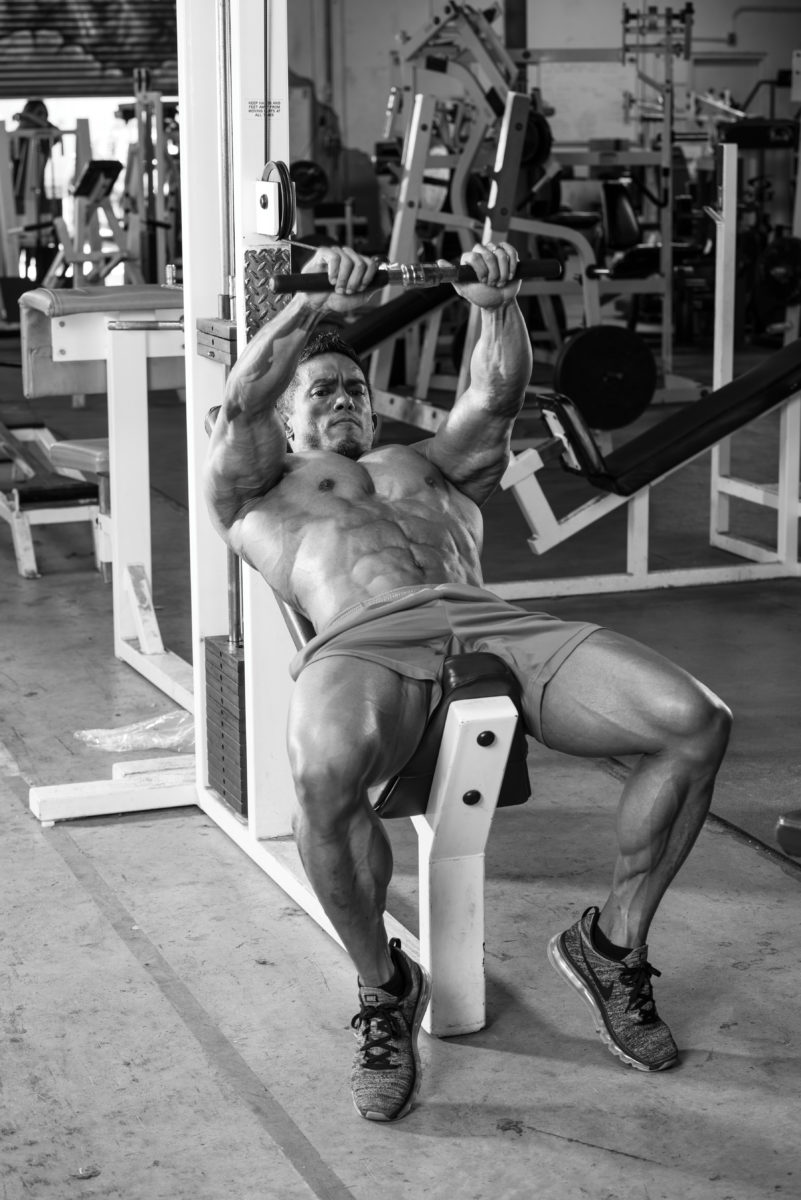




 ClassPass is a monthly membership that connects users to more than 8,000 fitness facilities in 39 cities worldwide. You establish your initial membership by entering your own zip code. For example, in Los Angeles a base membership costs $60 and gets you five classes. Not feeling up for a circuit class or organized yoga? Just book an hour of gym time instead! The app gets to “know you” and will recommend classes and gyms it thinks you will like.
ClassPass is a monthly membership that connects users to more than 8,000 fitness facilities in 39 cities worldwide. You establish your initial membership by entering your own zip code. For example, in Los Angeles a base membership costs $60 and gets you five classes. Not feeling up for a circuit class or organized yoga? Just book an hour of gym time instead! The app gets to “know you” and will recommend classes and gyms it thinks you will like.
 I love my gym community. When you can’t get there, try Qinetic, a new app providing access to live, interactive fitness classes filmed in their own NYC studio, led by renowned trainers and instructors. For those with a competitive spirit, Qinetic gamifies its variety of workouts (strength training, barre, HIIT, prenatal) with Apple Watch and Healthkit. When you’re done with the workout, Qinetic records a summation of your activity and tracks it with a custom “Hustle Score.” See your activity over time, and compete with other Qinetic users on the leaderboard.
I love my gym community. When you can’t get there, try Qinetic, a new app providing access to live, interactive fitness classes filmed in their own NYC studio, led by renowned trainers and instructors. For those with a competitive spirit, Qinetic gamifies its variety of workouts (strength training, barre, HIIT, prenatal) with Apple Watch and Healthkit. When you’re done with the workout, Qinetic records a summation of your activity and tracks it with a custom “Hustle Score.” See your activity over time, and compete with other Qinetic users on the leaderboard.



